In the ever-evolving landscape of technology, the fine line between innovation and privacy often blurs. Apple, a company renowned for its staunch stance on user privacy, has recently found itself under scrutiny with the introduction of Enhanced Visual Search (EVS) in iOS 18. This feature, enabled by default, has sparked debate as it transmits data from your photos to Apple’s servers, raising concerns about the extent of information shared and its implications for user privacy.
EVS builds upon the existing Visual Look Up feature, which allows users to identify landmarks, plants, and animals within their photos. While Visual Look Up already involved sending “limited” data to Apple, EVS reportedly takes it a step further. According to independent researcher Jeff Johnson, EVS sends a “significantly larger” amount of data to Apple. This data, as per Apple’s documentation, is used to create a “global index” of places, enabling users to search their photos by landmark or point of interest.
While Apple maintains that the data is anonymized and used solely to improve the accuracy and functionality of EVS, the lack of transparency and the default activation of the feature have left many users feeling uneasy. The central question arises: what data is being shared, and how does it impact user privacy?
Understanding Enhanced Visual Search (EVS)
EVS aims to elevate the photo searching experience on iOS 18. By analyzing your photos, it can identify landmarks and points of interest, allowing you to search your library with queries like “photos from the Eiffel Tower” or “pictures of sunsets at the beach.” This functionality, while impressive, hinges on sending data to Apple for analysis and matching against their global index.
Apple asserts that the data shared is anonymized and securely processed. However, the lack of granular control over what data is sent and the automatic activation of EVS have fueled concerns among privacy-conscious users.
What Data is Shared?
While Apple hasn’t explicitly detailed the exact data points transmitted by EVS, it’s likely to include:
- Image data: This could encompass the entire photo or specific features extracted from it for analysis.
- Location data: If location services are enabled, GPS coordinates associated with the photo could be included.
- Device information: Data about your device model, operating system version, and other technical specifications might be transmitted.
It’s important to note that Apple claims all data is processed in a privacy-preserving manner, with no personal identifiers linked to the information. However, the potential for data aggregation and inference remains a concern for some users.
How to Turn Off EVS
Fortunately, Apple provides a straightforward way to disable EVS if you’re uncomfortable with its data-sharing implications. Here’s a step-by-step guide:
On iPhone/iPad:
- Open the Settings app.
- Scroll down and tap on Photos.
- Scroll to the bottom and toggle off Enhanced Visual Search.
On Mac:
- Open the Photos app.
- Go to Photos > Settings (or Photos > Preferences in macOS Monterey or earlier).
- Click on the General tab.
- Scroll down and uncheck the box next to Enhanced Visual Search.
Disabling EVS will prevent your photo data from being shared with Apple for analysis. However, it’s worth noting that this may limit the functionality of Visual Look Up and your ability to search photos by landmarks or points of interest.
My Personal Take
As someone who values privacy, I immediately disabled EVS on my iPhone after updating to iOS 18. While I appreciate the potential convenience of the feature, I’m not comfortable with the idea of my photos being analyzed and stored on Apple’s servers, even if anonymized. I believe in having granular control over my data and making informed choices about what information is shared.
I understand that Apple has a strong track record on privacy, and I trust their commitment to protecting user data. However, I also believe in erring on the side of caution when it comes to personal information. For me, the potential benefits of EVS don’t outweigh the privacy implications.
The Bigger Picture
The debate surrounding EVS highlights the ongoing tension between technological advancement and user privacy. As AI and machine learning become increasingly integrated into our devices and services, the question of data sharing and its implications becomes ever more critical.
It’s crucial for tech companies like Apple to be transparent about their data practices and provide users with meaningful choices about what information is shared. Defaulting to data collection, even with anonymization measures, can erode user trust and raise concerns about potential misuse or breaches.
Moving forward, I hope to see more transparency and user control regarding data collection practices. Features like EVS should be opt-in, allowing users to make informed decisions based on their individual privacy preferences.
iOS 18’s Enhanced Visual Search offers a glimpse into the future of photo management, but it also raises important questions about privacy in the age of AI. While Apple assures users of its commitment to data protection, the lack of transparency and the default activation of EVS have understandably caused concern.
By following the simple steps outlined above, you can disable EVS and prevent your photos from being shared with Apple. Ultimately, the decision rests with you. Weigh the potential benefits of the feature against your privacy concerns and make an informed choice.
Remember, your data is valuable. Stay informed, stay vigilant, and exercise your right to control your digital footprint.

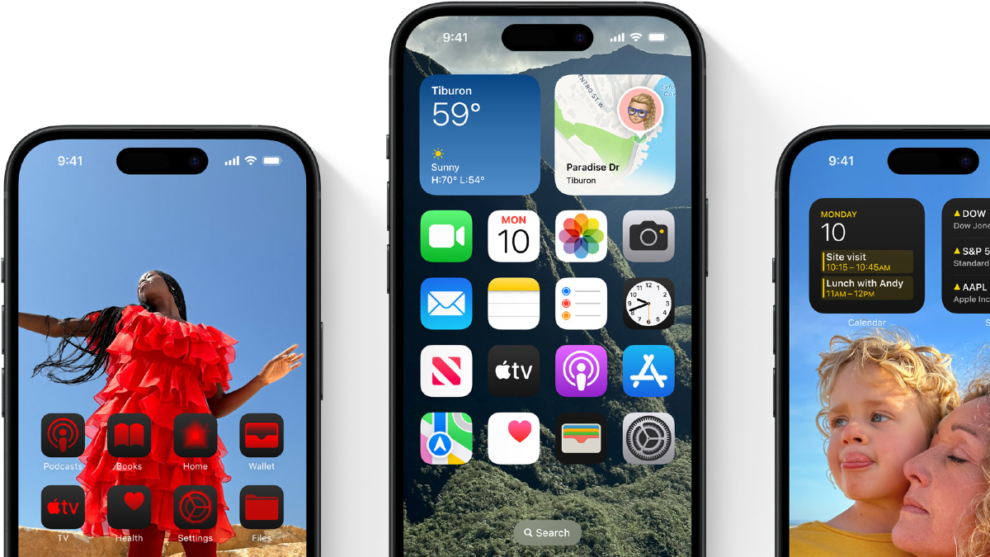


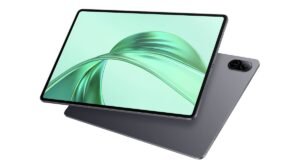
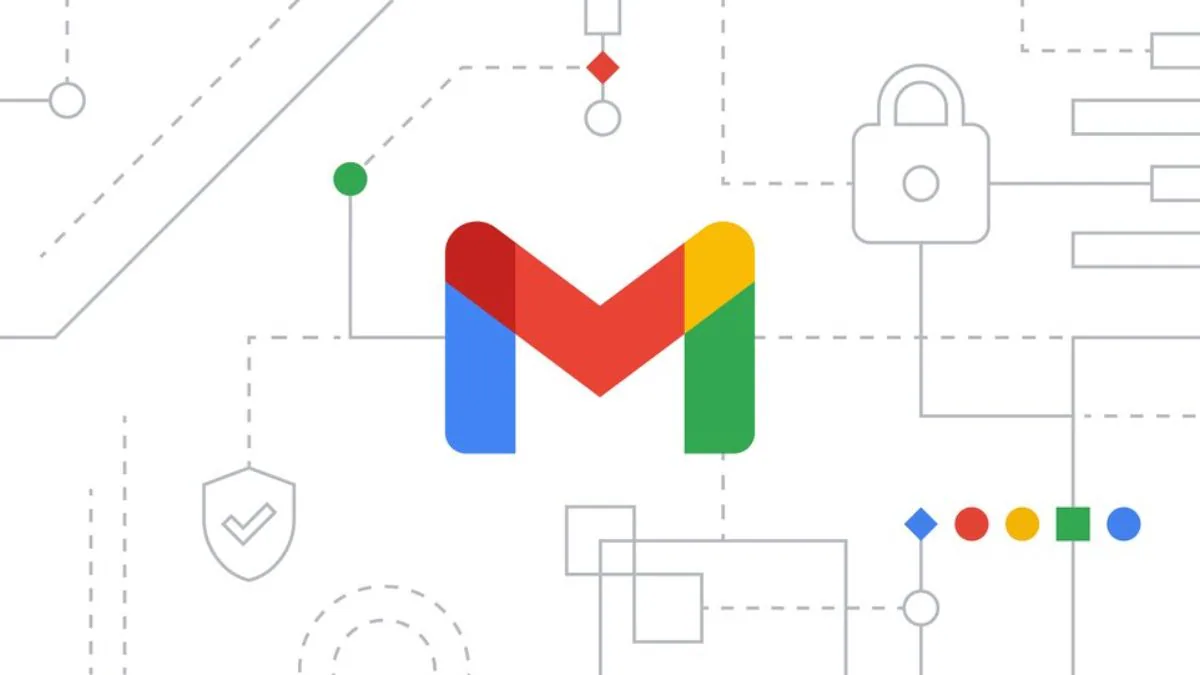
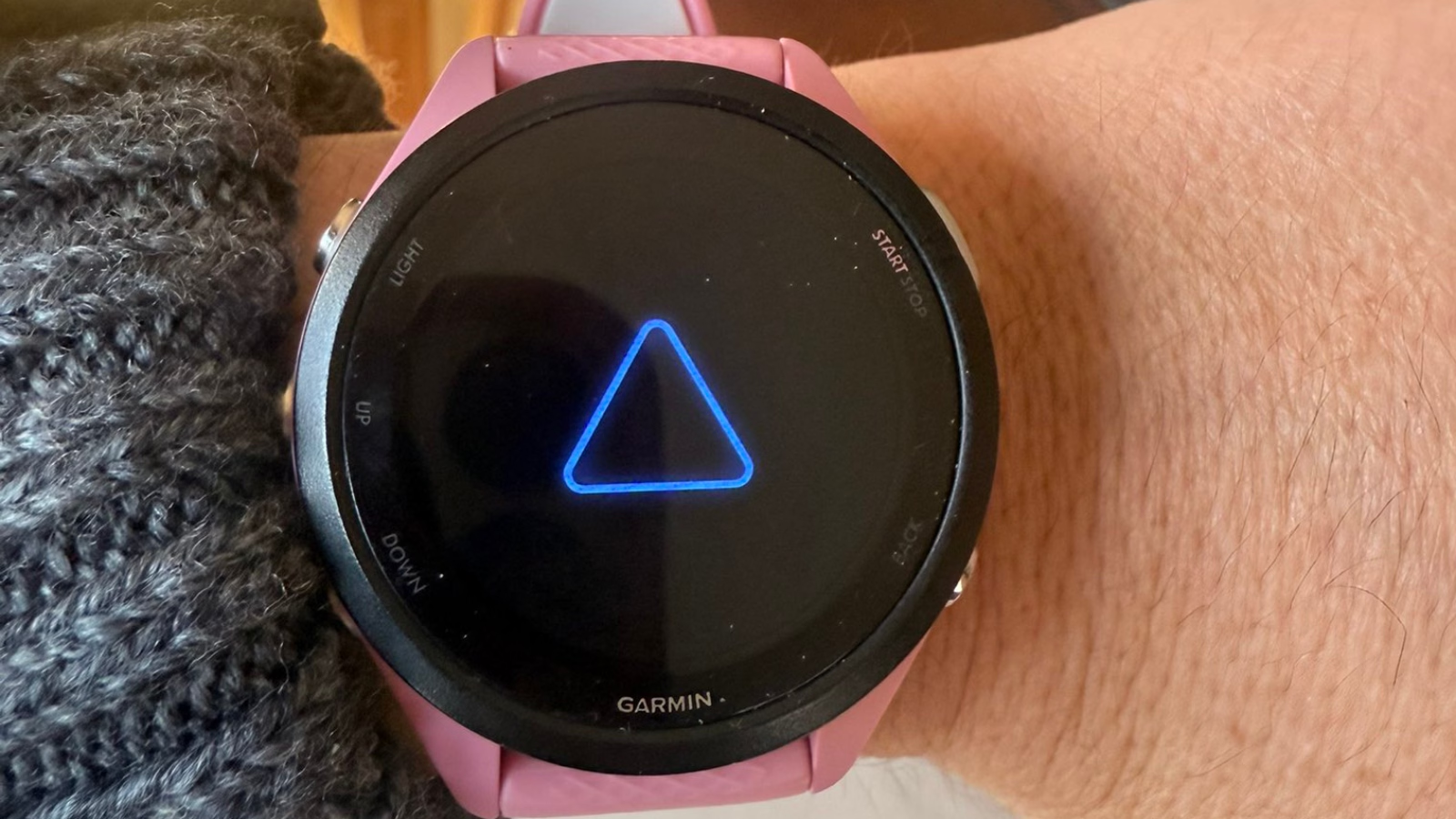
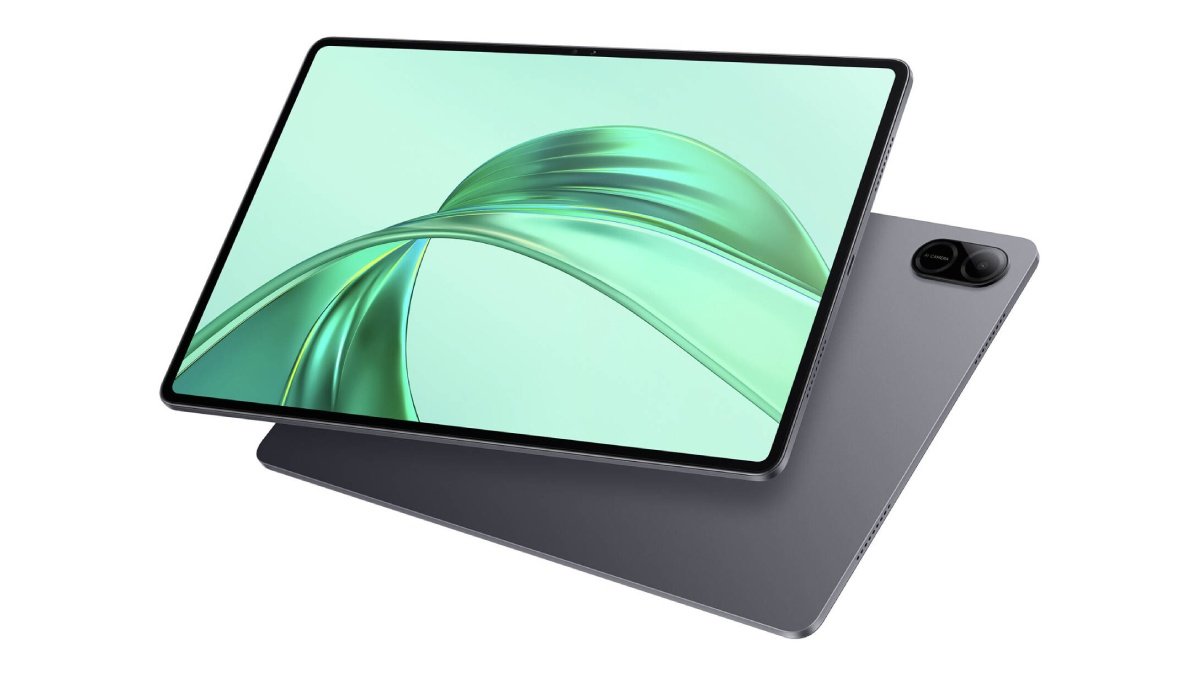
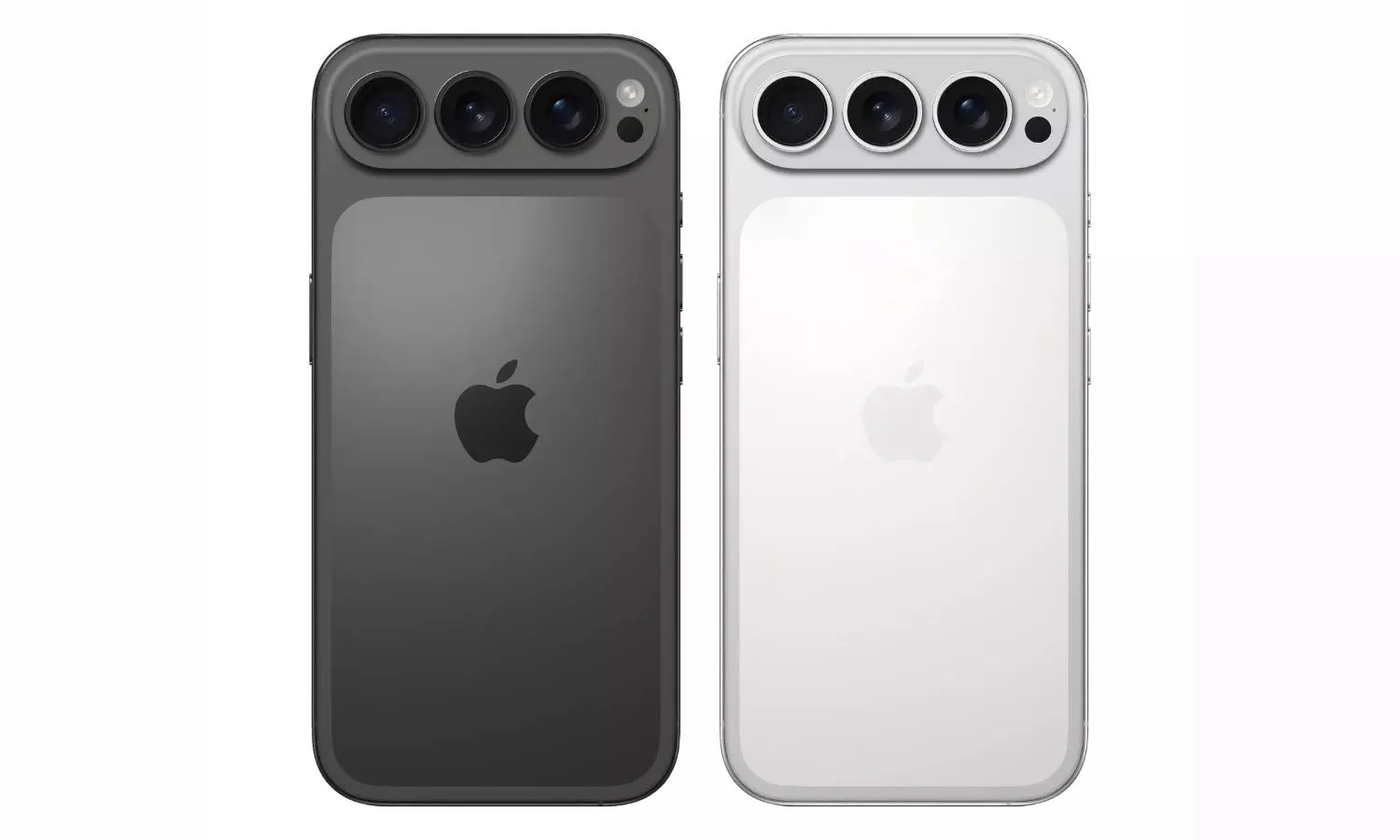
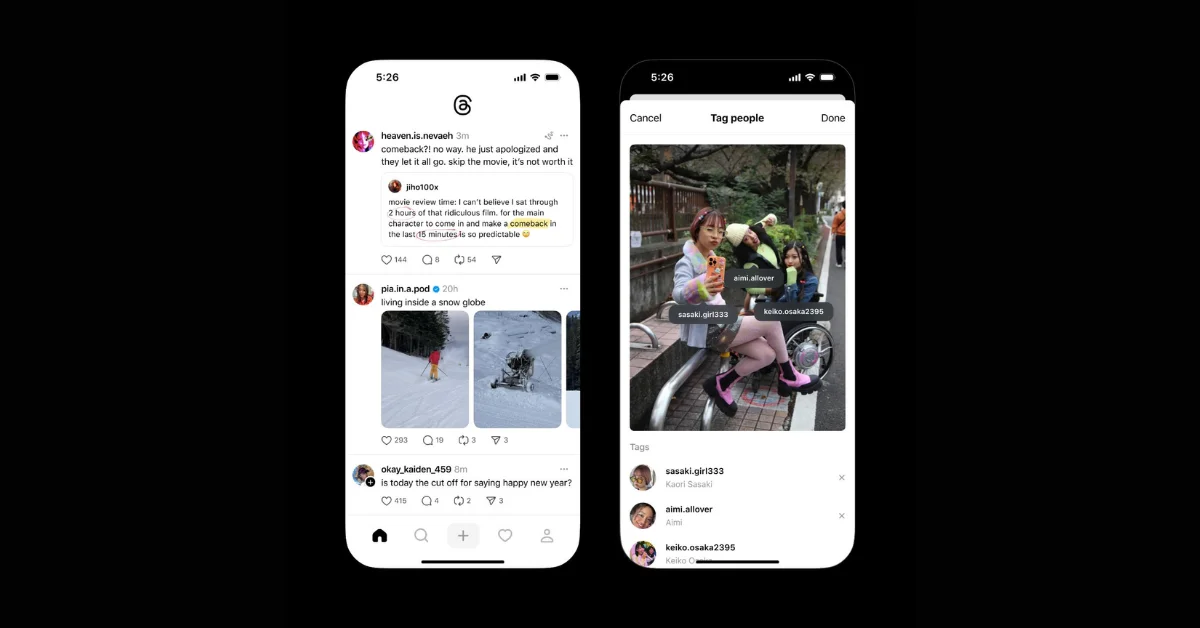

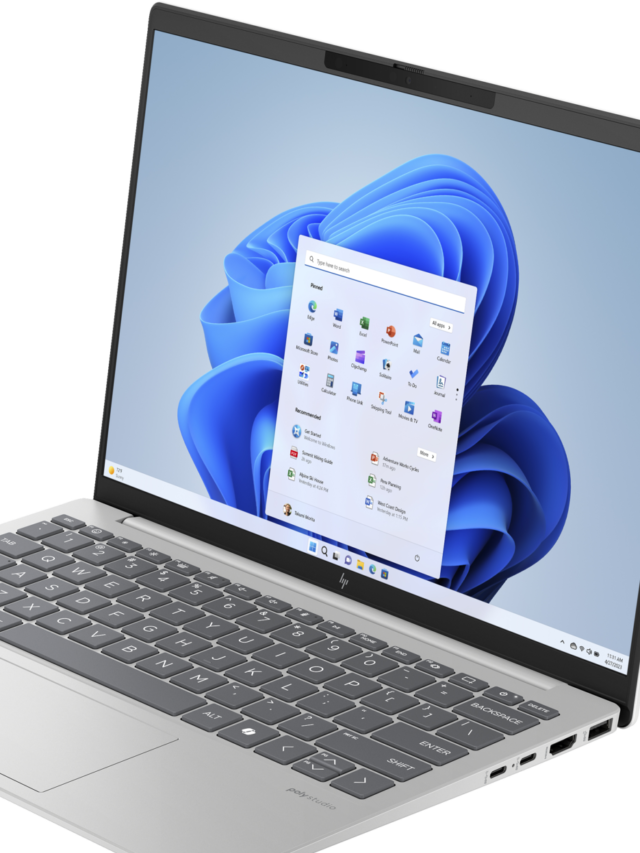
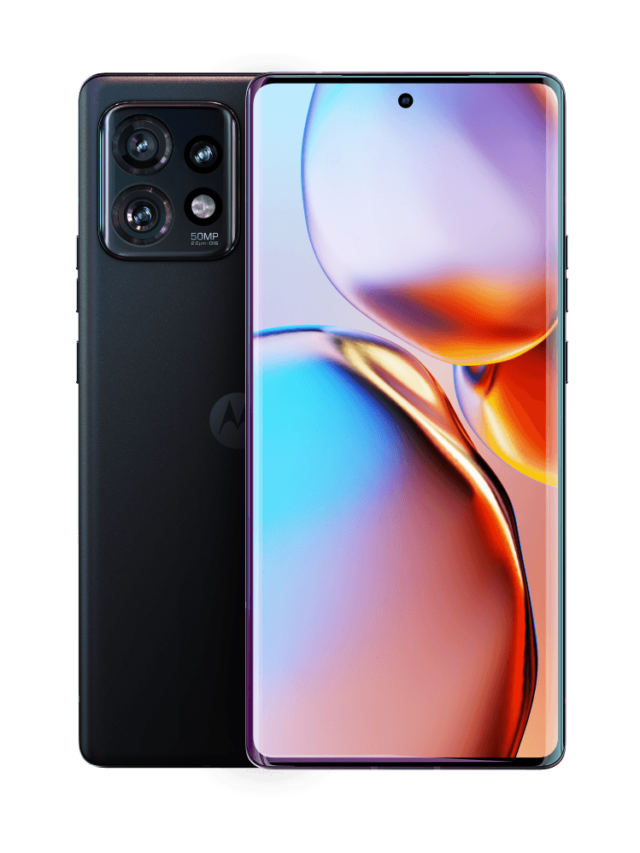



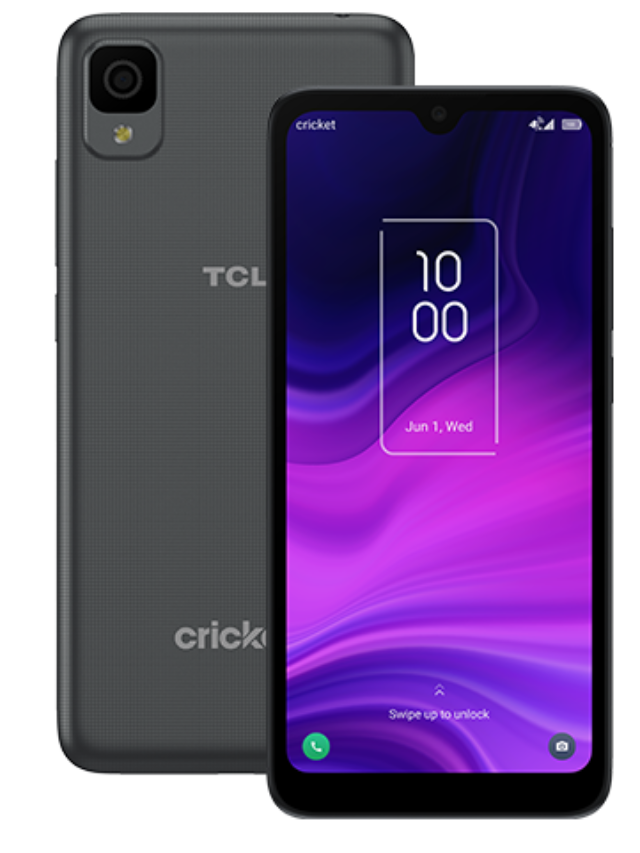


Add Comment